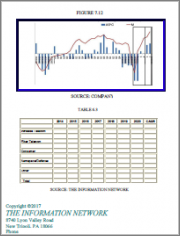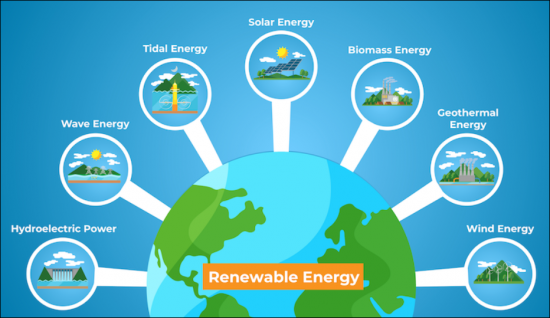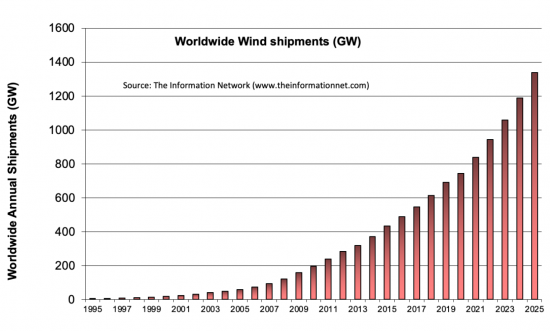
현대 전자의 근간인 반도체는 대체 에너지 기술에서도 마찬가지로 혁신적인 역할을 할 것으로 예상됩니다. 반도체의 고유한 특성과 능력은 재생 에너지의 이용, 저장 및 활용을 위한 효율적이고 신뢰할 수 있으며 비용 효율적인 솔루션을 개발하고 최적화할 수 있게 해줍니다. 태양광 패널과 풍력 터빈에서 전기자동차(EV)와 스마트 그리드에 이르기까지 반도체는 에너지 인프라를 재구성하는 혁신의 핵심을 담당하고 있습니다.
대체 에너지 기술의 필요성은 이산화탄소 배출을 줄이고 기후 변화의 영향을 완화하기 위한 전 세계적인 공감대에서 비롯되었습니다. 태양광, 풍력, 수력, 지열과 같은 재생 에너지원은 전 세계 에너지 믹스에서 점점 더 중요해지고 있으며, 보다 효율적이고 안정적으로 에너지를 이용, 변환, 저장할 수 있는 첨단 기술이 필요합니다.
반도체는 전도성과 제어라는 고유한 특성으로 이 기술 혁명의 최전선에 서서 보다 스마트하고 효율적인 에너지 시스템과 장비를 개발할 수 있게 해줍니다.

이 보고서에서 설명하는 주요 트렌드 중 하나는 화석연료에서 태양광, 풍력, 수력, 지열 등 재생에너지로의 전환이 가속화되고 있다는 점입니다. 이러한 전환은 재생 에너지 기술의 비용이 낮아지고 효율성과 접근성이 향상됨에 따라 이루어지고 있습니다.
또 다른 중요한 트렌드는 에너지 저장 기술에 대한 관심이 높아지고 있다는 점입니다. 재생 에너지가 전력망에 보급됨에 따라 간헐성 문제를 해결하고 안정적인 에너지 공급을 보장하기 위한 효율적인 에너지 저장 솔루션에 대한 수요가 증가하고 있습니다.
운송의 전기화가 중요한 트렌드로 떠오르면서 전기자동차(EV)가 내연기관차를 대체할 수 있는 현실적인 대안으로 떠오르고 있습니다.
세계의 대체 에너지 시장에 대해 조사분석했으며, 태양광발전, 풍력에너지, 전기 모빌리티 등의 부문에서 반도체의 역할을 인사이트 하고 있습니다.
The "Semiconductors for Alternative Energy Technologies: Opportunities and Markets" report is a comprehensive resource for understanding the critical intersection of semiconductor technology and renewable energy. It offers a roadmap for navigating the future of energy, highlighting the transformative potential of semiconductors to power a more sustainable world.
Semiconductors, the bedrock of modern electronics, are poised to play a similarly transformative role in alternative energy technologies. Their unique properties and capabilities enable the development and optimization of efficient, reliable, and cost-effective solutions for harnessing, storing, and utilizing renewable energy. From solar panels and wind turbines to electric vehicles (EVs) and smart grids, semiconductors are at the heart of innovations that promise to reshape our energy infrastructure.
The imperative for alternative energy technologies stems from the global consensus on reducing carbon emissions and mitigating the effects of climate change. Renewable energy sources such as solar, wind, hydro, and geothermal have become increasingly vital in the global energy mix, necessitating advanced technologies that can harness, convert, and store energy more efficiently and reliably.
Semiconductors, with their inherent properties of electrical conductivity and control, stand at the forefront of this technological revolution, enabling the development of smarter, more efficient energy systems and devices.

One of the primary trends outlined in the report is the accelerating shift from fossil fuels to renewable energy sources such as solar, wind, hydro, and geothermal power. This transition is driven by the decreasing cost of renewable energy technologies, enhanced by advancements in efficiency and accessibility. The report underscores the increasing competitiveness of solar photovoltaic (PV) systems and wind turbines, which are becoming more cost-effective than traditional coal or gas-fired power plants in many regions around the globe.
Another significant trend is the growing emphasis on energy storage technologies. As the penetration of renewable energy in the power grid increases, the demand for efficient storage solutions to address intermittency issues and ensure a reliable energy supply is highlighted. The report examines various energy storage technologies, including batteries, pumped hydro storage, community nuclear storate, and geothermal energy, discussing their roles in enabling a smoother integration of renewable sources into the energy mix.
The electrification of transportation emerges as a crucial trend, with electric vehicles (EVs) gaining momentum as a viable alternative to internal combustion engine vehicles. The report explores the implications of this shift for the energy sector, including the increased demand for electricity and the need for advanced charging infrastructure. It also discusses the potential for EVs to act as mobile energy storage units, further integrating the transportation and energy sectors.
This report delves into the various segments of the alternative energy market, examining how semiconductor technologies are being applied to advance renewable energy sources. It discusses the pivotal role of semiconductors in photovoltaic cells for solar power, power electronics for wind energy conversion, and batteries and charging infrastructure for electric mobility. Additionally, it covers the significance of semiconductors in emerging areas such as energy harvesting, which encompasses technologies that capture and convert ambient energies into usable electrical energy.
Beyond the technical aspects, the report also addresses the market dynamics shaping the semiconductor industry's involvement in alternative energy. It analyses trends in investment, research and development efforts, and regulatory environments across different geographies. The analysis includes a look at the competitive landscape, identifying key players and innovators driving the integration of semiconductor technologies into renewable energy solutions.

In essence, the "Semiconductors for Alternative Energy Technologies: Opportunities and Markets" report serves as a comprehensive resource for those vested in the future of energy. It underscores the indispensable role of semiconductors in facilitating the transition towards more sustainable, efficient, and innovative energy solutions. Through detailed market insights, technological reviews, and strategic advice, the report charts a course for stakeholders aiming to navigate the evolving landscape of alternative energy technologies, driving the global shift towards a more sustainable and energy-efficient future.